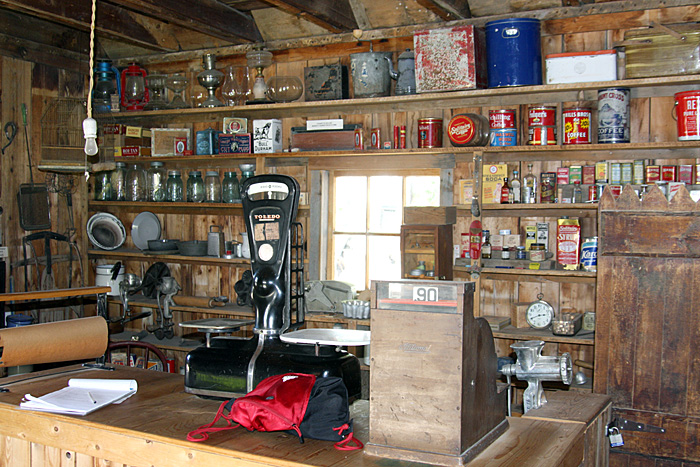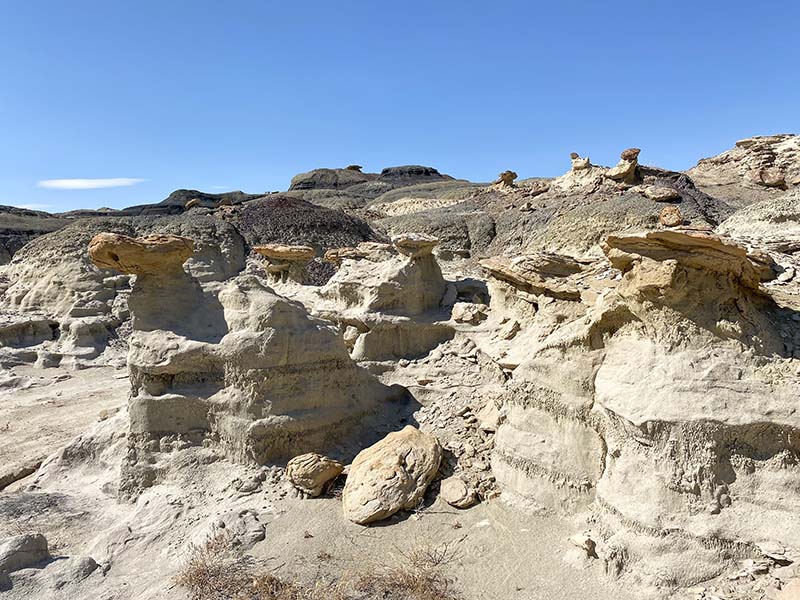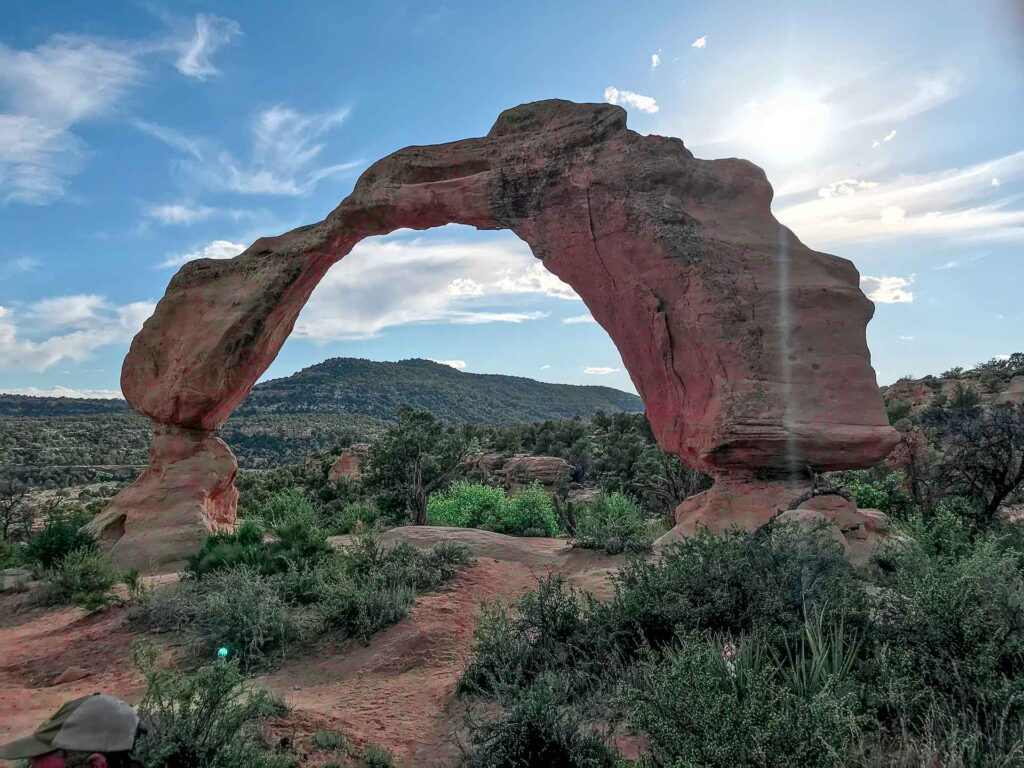Have fun
IN AND AROUND AZTEC

Aztec Museum & Pioneer Village
Aztec Museum and Pioneer Village let visitors experience pioneer life in the American West. Aztec’s history of human habitation goes back a thousand years, when Native Americans settled along the Animas River. The remains of buildings they constructed have become Aztec Ruins National Monument. Pioneer Village gives visitors the opportunity to revisit a community of the early American West. Children will enjoy climbing aboard the caboose and going in a one-room schoolhouse, just two of the many Pioneer Village buildings and exhibits. Visit Aztec Museum and Pioneer Village to learn about modern Aztec’s early days.

Aztec Ruins National Monument
Aztec Ruins has some of the best-preserved Chacoan structures of its kind. Learn more about the ancestral Pueblo people in the park’s museum and explore the Aztec West great house to see exceptionally advanced architecture, original wooden beams, and a restored Great Kiva. Aztec Ruins is a deeply sacred place to many Indigenous peoples across the American Southwest. Please visit with respect.
Explore the ancestral Pueblo great house that began as a satellite city of Chaco, and later functioned as the social, economic, and political center of the region after Chaco declined. A self-guided, half-mile walk winds through original rooms. Along the way discover skillful stone masonry, remarkably well-preserved wood roofing, and original mortar in some walls. The interpretive trail guide combines modern archeological findings with traditional Native American perspectives. You can also enter the ceremonial Great Kiva; this awesome semi-subterranean structure, over 40 feet in diameter, is the oldest and largest reconstructed building of its kind.
Aztec Ruins National Monument is just several minutes from downtown Aztec.

Bisti/De-Na-Zin Wilderness Area
The Bisti/De-Na-Zin Wilderness is a rolling landscape of badlands which offers some of the most unusual scenery found in the Four Corners Region. Time and natural elements have etched a fantasy world of strange rock formations made of interbedded sandstone, shale, mudstone, coal, and silt. The weathering of the sandstone forms hoodoos – weathered rock in the form of pinnacles, spires, cap rocks, and other unusual forms. Fossils occur in this sedimentary landform. Translated from the Navajo language, Bisti (Bis-tie) means “a large area of shale hills.” De-Na-Zin (Deh-nah-zin) takes its name from the Navajo words for “cranes.” CLICK HERE to learn more.

Feat of Clay Artists Gallery
Feat of Clay is an art gallery featuring the work of a variety of local artists. Residents and visitors can find pottery, paintings, jewelry, and more that is available for purchase. Feat of Clay hosts art classes, art openings, monthly open mic nights, and other fun community events.

Navajo Lake State Park
Navajo Lake is the second largest lake in the state, with multiple campgrounds, two marinas, and two boat docks.. The lake is a haven for boaters of every stripe – motorized boaters, canoers, kayakers, water skiers, and sailors. The San Juan River is a world-class fly-fishing destination and features a campground, day-use areas, and a serene trail along the river.
Navajo Lake Marina, an Aztec Chamber member, offers boat rentals, guided fishing adventures, and much more.
photo left and at top courtesy of chamber member Navajo Lake Marina

Sandstone Arches
There are over 300 natural sandstone arches and windows in close proximity to Aztec. The most well known is Cox Canyon, but there are many others! The City of Aztec has a plethora of information about local arches on their website, including maps anddetailed information. CLICK HERE to learn more.
